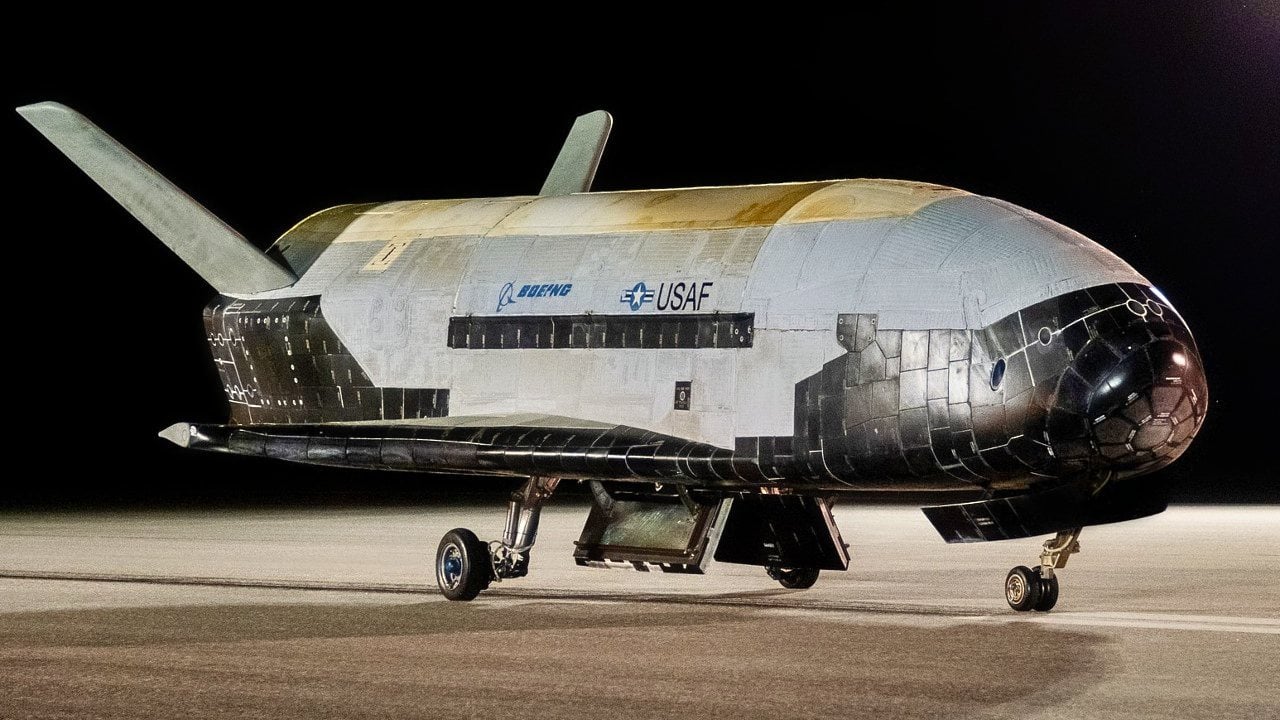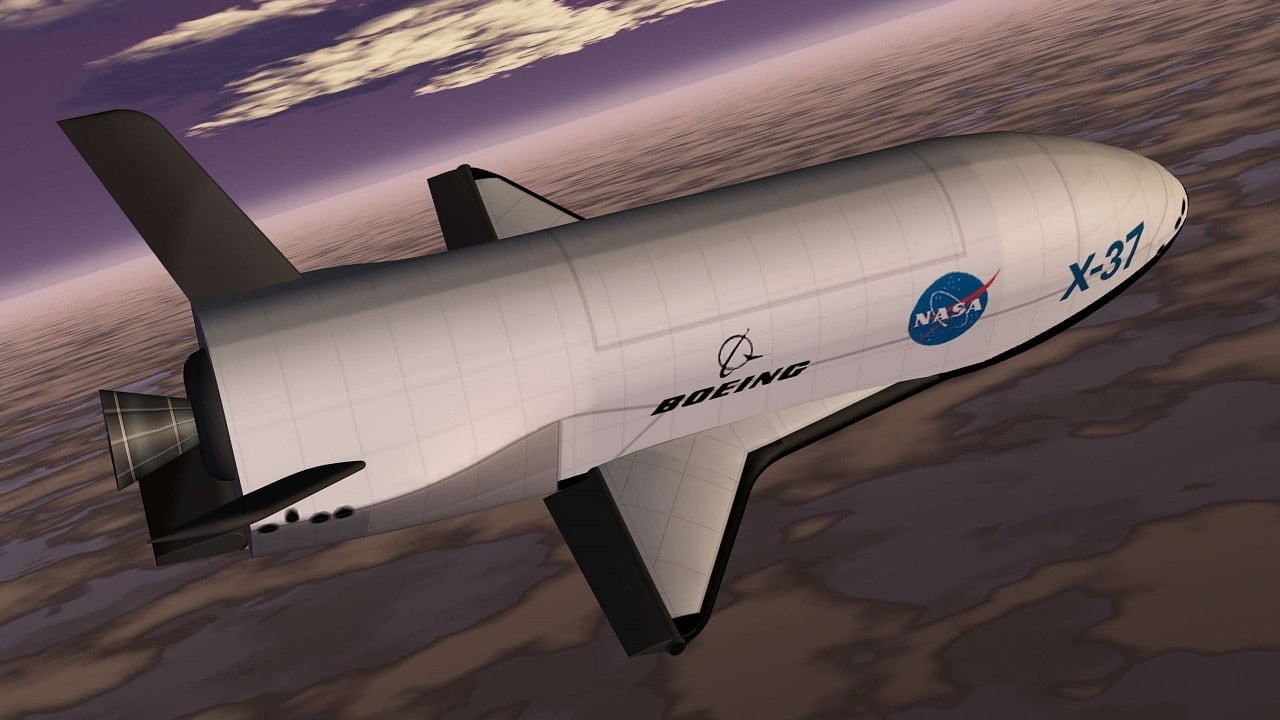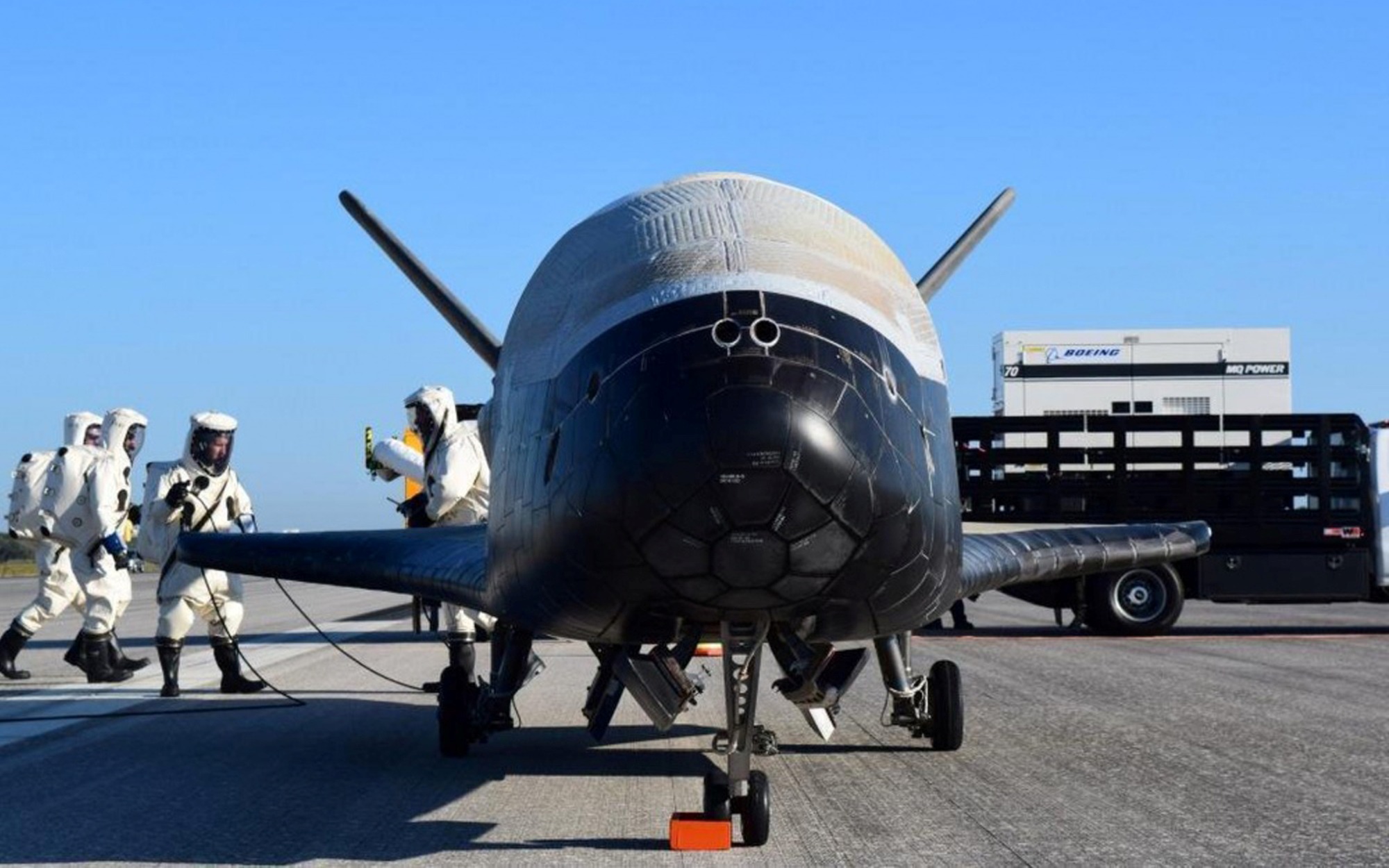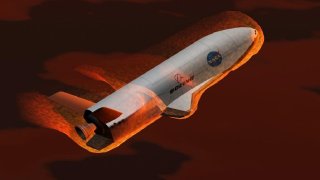X-37B: The Mystery Space Plane That Could Be a Game Changer
Boeing's Starliner spacecraft has recently made headlines due to malfunctions that will delay the return of two NASA astronauts until 2025. While the Starliner faces challenges, Boeing’s other space venture, the X-37B, remains shrouded in mystery.
Summary and Key Points: Boeing's Starliner spacecraft has recently made headlines due to malfunctions that will delay the return of two NASA astronauts until 2025. While the Starliner faces challenges, Boeing’s other space venture, the X-37B, remains shrouded in mystery.

-Developed with funding from NASA, the U.S. Air Force, and Boeing, the X-37B is a reusable spacecraft that first launched in 2010. Managed by DARPA, the X-37B's missions have been secretive, with one mission lasting 908 days in orbit.
-The spacecraft reflects a broader trend toward sustainability in space exploration, emphasizing reusable technology to reduce costs.
What Is Boeing's Secretive X-37B Spacecraft Really Doing?
Boeing’s Starliner has been in the news lately. Two NASA astronauts who were supposed to be visiting space for eight days will be stranded in orbit until 2025, thanks to malfunctions with the Boeing spacecraft.
Instead of returning to Earth on the Boeing Starliner as originally planned, the astronauts will return home in February aboard SpaceX Crew-9. The Starliner will return to Earth without the astronauts.
The incident is another blow to a beleaguered Boeing. But the Starliner is hardly Boeing’s only space venture. It also has the secretive X-37B, a reusable spacecraft that first flew in 2006 but has remained cloaked in mystery.
Sustainable Space Flight
Very little has been disclosed about the X-37B. We know the spacecraft began conducting test flights and missions in 2006. We know that it is reusable, much like the Space Shuttle and the SpaceX Falcon rocket. The reusable nature of the X-37B is part of a greater trend in which equipment is reused to lower the exorbitant costs of space flight.

The trend to reuse space flight equipment and vehicles is the result of space exploration budget constrictions. During the Cold War, and the Apollo era in particular, the U.S. was more than willing to invest luxuriously in space flight. At its peak, NASA funding constituted 4% of the overall federal budget. The result was products with towering price tags that were used just once. Saturn V rockets, Mercury and Gemini capsules, and the Apollo command module are a few examples.
The appetite for funding space travel has long since waned. Americans don’t want one-and-done space products. The NASA budget is a fraction of a percentage of the total federal budget, forcing companies to get creative in an effort to cut costs. The X-37B is the result of such creativity.
But what is the X-37B being used for, exactly?
What is the X-37B?
The X-37B is a derivative of Boeing’s X-40. In fact, it is really just a 120-percent scaled version of the X-40. The X-37B was developed between 1999 and 2003, after NASA tapped Boeing to develop a new orbital vehicle. Funding for the vehicle came from NASA ($109 million), the U.S. Air Force ($16 million), and Boeing ($67 million).
The X-37B’s funding sources lead to an important question: What might the Air Force need a reusable orbiter for?

Boeing’s orbiter was transferred to DARPA in 2004. True to DARPA’s nature, it has been a secret program ever since. What we do know is that the X-37B was first dropped from beneath the wing of a mothership in 2006, and it first launched into orbit in 2010. What exactly the X-37B is doing once in orbit remains unknown. During OTV-1, the X-37B remained in orbit for 224 days. During OTV-6, the X-37B set a record after remaining in orbit for 908 days. Obviously, the Air Force-funded, DARPA managed, Boeing orbiter is up to something requiring three-year mission timelines.
About the Author: Harrison Kass
Harrison Kass is a defense and national security writer with over 1,000 total pieces on issues involving global affairs. An attorney, pilot, guitarist, and minor pro hockey player, Harrison joined the US Air Force as a Pilot Trainee but was medically discharged. Harrison holds a BA from Lake Forest College, a JD from the University of Oregon, and an MA from New York University. Harrison listens to Dokken.
Image Credit: Creative Commons.


